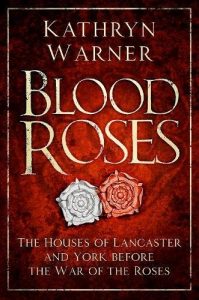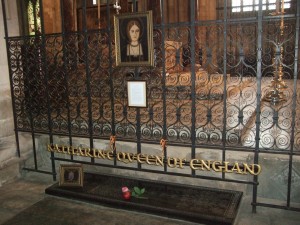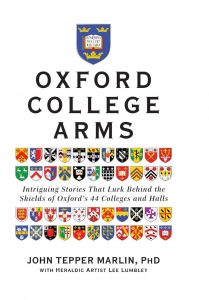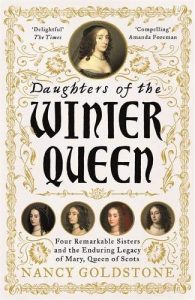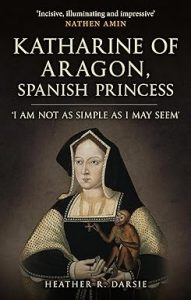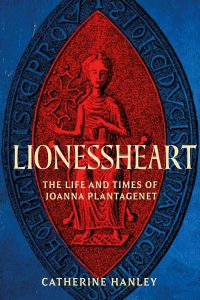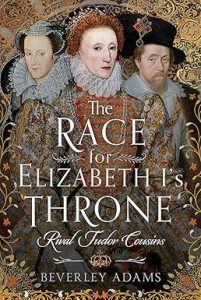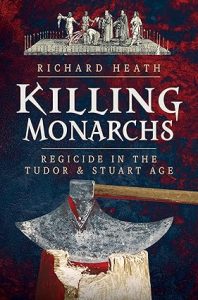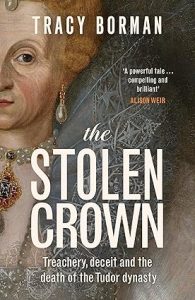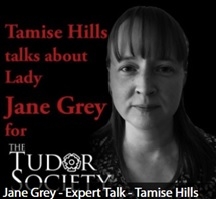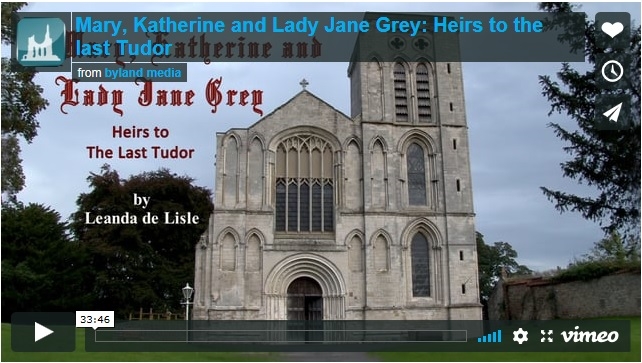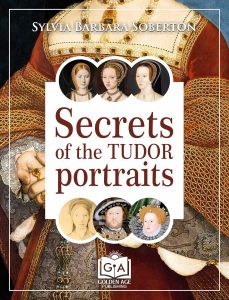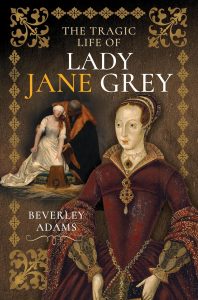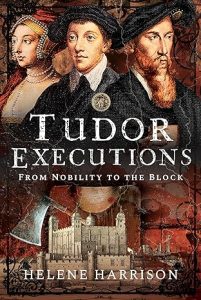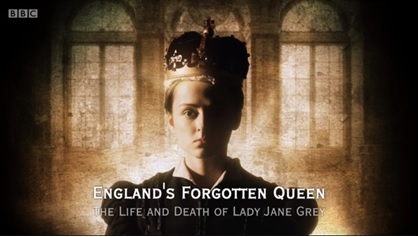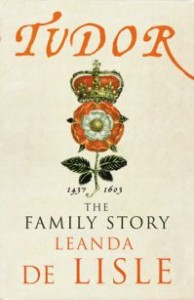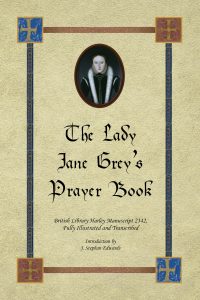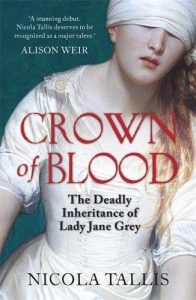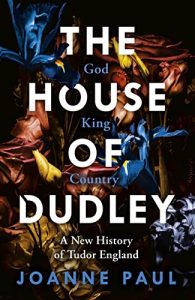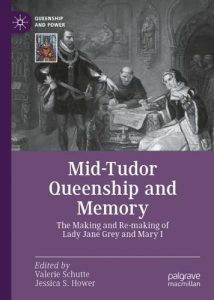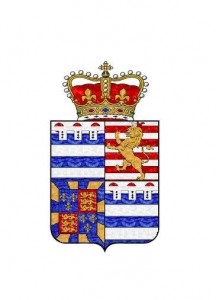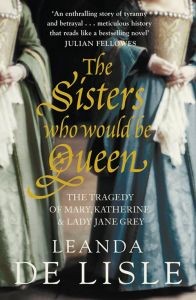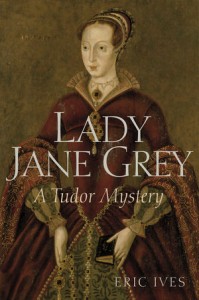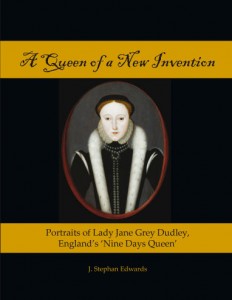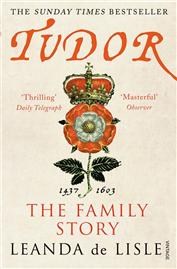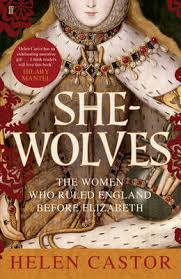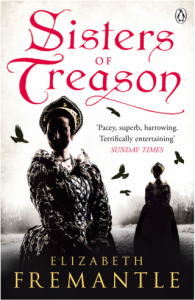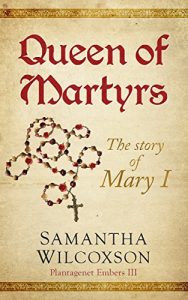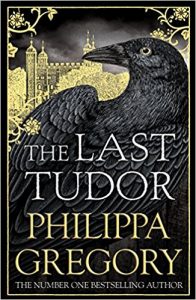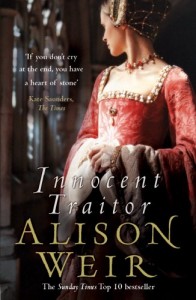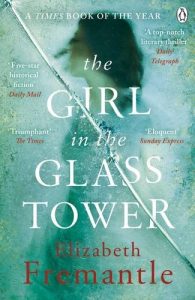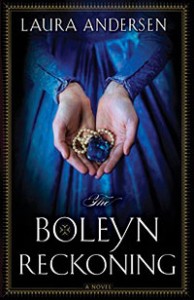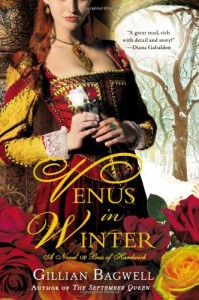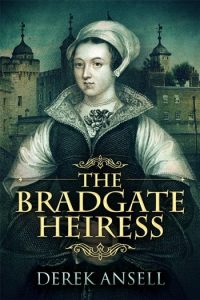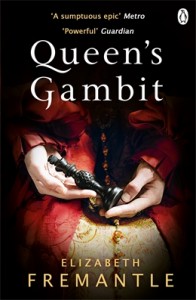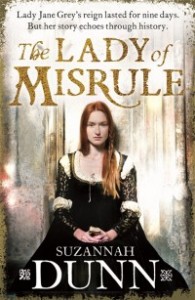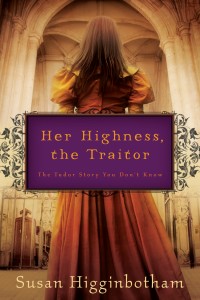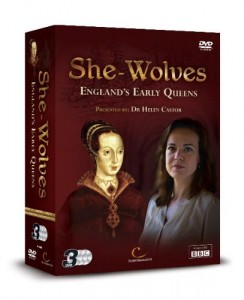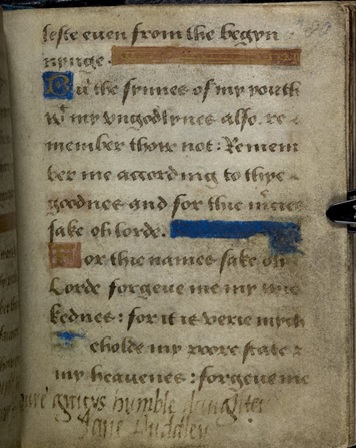Kathryn Warner is the author of ‘Blood Roses: The Houses of Lancaster and York before the Wars of the Roses’ which was published last autumn by The History Press.
Kathryn is also the author of ‘Edward II: The Unconventional King’, ‘Isabella of France: The Rebel Queen’, ‘Long Live the King: The Mysterious Fate of Edward II’, ‘Richard II: A True King’s Fall’ and ‘Hugh Despenser the Younger and Edward II: Downfall of a King’s Favourite.’
Buy ‘Blood Roses’:
Follow Kathryn on Social Media
Kathryn’s website: Edward II
Facebook: Edward II
Twitter: @RoyneAlianore
Many thanks to Kathryn for answering my questions.
Why did you choose this subject for your book?
The Wars of the Roses is a fascinating and extremely popular period of English history, and I wanted to go right back to the beginning and explore how the houses of Lancaster and York came into being long before they went to war against each other in the middle of the fifteenth century. Blood Roses opens in 1245 with the birth of Edmund of Lancaster, founder of the house of Lancaster, the younger son of Henry III and brother of Edward I. Edmund was the great-great-grandfather of the first Lancastrian king of England, Henry IV (b. 1367, r. 1399-1413), and was made first earl of Lancaster in 1267. The house of York is much younger: it was founded by Edward III’s fourth son Edmund of Langley (1341-1402), who was made first duke of York in 1385. There are so many fascinating and dramatic stories to be told about Lancaster and York long before the Wars of the Roses: Edmund of Lancaster almost becoming king of Sicily, his son Thomas’s beheading for treason on the orders of his cousin Edward II in 1322, the heroic exploits of Edmund’s great-grandson Henry, first duke of Lancaster (c. 1310/12-1361) during the Hundred Years War, the beheading of the third duke of York’s father for treason by Henry V in 1415, and so many more.
What does your book add to previous works covering this subject?
There aren’t any previous works covering the houses of Lancaster and York before the Wars of the Roses – of course there are general histories of medieval England, biographies of some of the important members of the two houses (such as John of Gaunt), and a couple of older, out of print and very academic books about the early members of the house of Lancaster, but nobody has written a specific history of the houses long before they went to war against each other in the fifteenth century, taking their story right back to the beginning. I also wanted to write about the women of the houses of Lancaster and York in the thirteenth and fourteenth centuries, because I was fed up with reading history books that ignore them.
What surprised you most researching this book?
I became much more sympathetic to the Lancastrians than I ever had been before, at least the Lancastrians of the thirteenth and fourteenth centuries! I’d never liked the dynasty much before, but the more I researched, the more I came to like and admire them. I was also rather surprised, and delighted, that I was able to find sources which illuminated the individual personalities of members of the Lancaster family.
Who do you think Edward III should have named as his heir after the death of the Prince of Wales?
I think that by 1376/77, the idea had become so entrenched that the English throne passed from eldest son to eldest son that Edward III probably had no choice but to name his grandson Richard of Bordeaux, only surviving legitimate son of his late eldest son the prince of Wales, as his heir. Indeed I’m not aware that he ever considered naming his eldest surviving son, John of Gaunt, or that John ever believed he should be his father’s successor and had a right to the throne, or even that anyone in 1376 believed that John of Gaunt and not Richard of Bordeaux should be the next king. John was wildly unpopular in the 1370s and 1380s, so even if he had been named his father’s heir in place of his nephew Richard, how many people would realistically have accepted him?
Which generation of the Lancasters did you enjoy writing about the most?
Henry, earl of Lancaster (c. 1280/81-1345, grandson of Henry III, nephew of Edward I and great-grandfather of Henry IV), and his children, who were born between c. 1302/5 and c. 1320. Henry had one son and six daughters with his wife Maud Chaworth (1282-1322), and I kept finding evidence of how remarkably close he was to his children and children-in-law and how close the siblings and their spouses were to each other. It was lovely to write about a family so affectionate, so supportive of one other. Maud Chaworth died rather early, before her husband was an earl (Henry was the heir of his childless older brother Thomas, executed in 1322) and when some of her children were still very young, but as far as I can tell, she and Henry had a successful, loving marriage.
Are there any people whose stories have been overshadowed that you think deserve to be more well known?
Almost all the women of the house of Lancaster between the thirteenth and early fifteenth centuries, basically. As noted above, Henry, earl of Lancaster (d. 1345) had six daughters. Blanche, the eldest, married Lord Wake in 1316, and lived until 1380 when she was in her mid-seventies or more. She had no children, and Wake’s heir was his niece, his sister Margaret’s daughter Joan, princess of Wales, countess of Kent in her own right, mother of Richard II. The second daughter was Isabella (d. 1348/9), prioress of Amesbury in Wiltshire. The third was Maud, countess of Ulster (d. 1377), whose elder daughter Elizabeth de Burgh married Edward III’s second son the duke of Clarence and was an ancestor of the fifteenth-century Yorkists, and whose younger daughter Maud Ufford was the mother of Richard II’s favourite Robert de Vere, earl of Oxford. The fourth Lancaster daughter was Joan, Lady Mowbray (d. 1349), grandmother of the first duke of Norfolk, Thomas Mowbray (d. 1399) and ancestor of all the subsequent dukes of Norfolk. The fifth daughter was Eleanor (d. 1372), Lady Beaumont and countess of Arundel, great-grandmother of Henry V via her elder daughter Joan, countess of Hereford (d. 1419) and ancestor of the Yorkist kings via her younger daughter Alice, countess of Kent (d. 1416). And the sixth and youngest Lancaster daughter was Mary (d. 1362), whose elder son Henry Percy (1341-1408) was the first earl of Northumberland and father of the famous ‘Hotspur’, and whose younger son Thomas Percy (1343/4-1403) was the first earl of Worcester. The Lancaster sisters were strong, forceful and independent women, as was the Yorkist Constance, Lady Despenser (1374/6-1416), daughter of the first duke of York, sister of the second, and aunt of Richard, third duke of York, who claimed the English throne and was the father of Edward IV and Richard III. Constance rebelled against her Lancastrian cousin Henry IV in 1405 and was imprisoned, and around the same time had a relationship with the young earl of Kent, Edmund Holland (1383-1408), which resulted in an illegitimate daughter.
Do you think York had a stronger claim to the throne than Lancaster during the Wars of the Roses?
As they were descended from Edward III’s second son, and the Lancasters from his third son, I do think they had a stronger claim, yes. I love the Lancastrians in the fourteenth century but not so much in the fifteenth, when I tend to become more pro-Yorkist!


